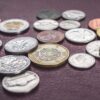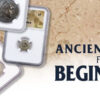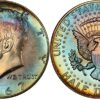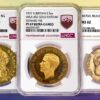- Empty cart.
- Continue Shopping
Introducing popular modern coins
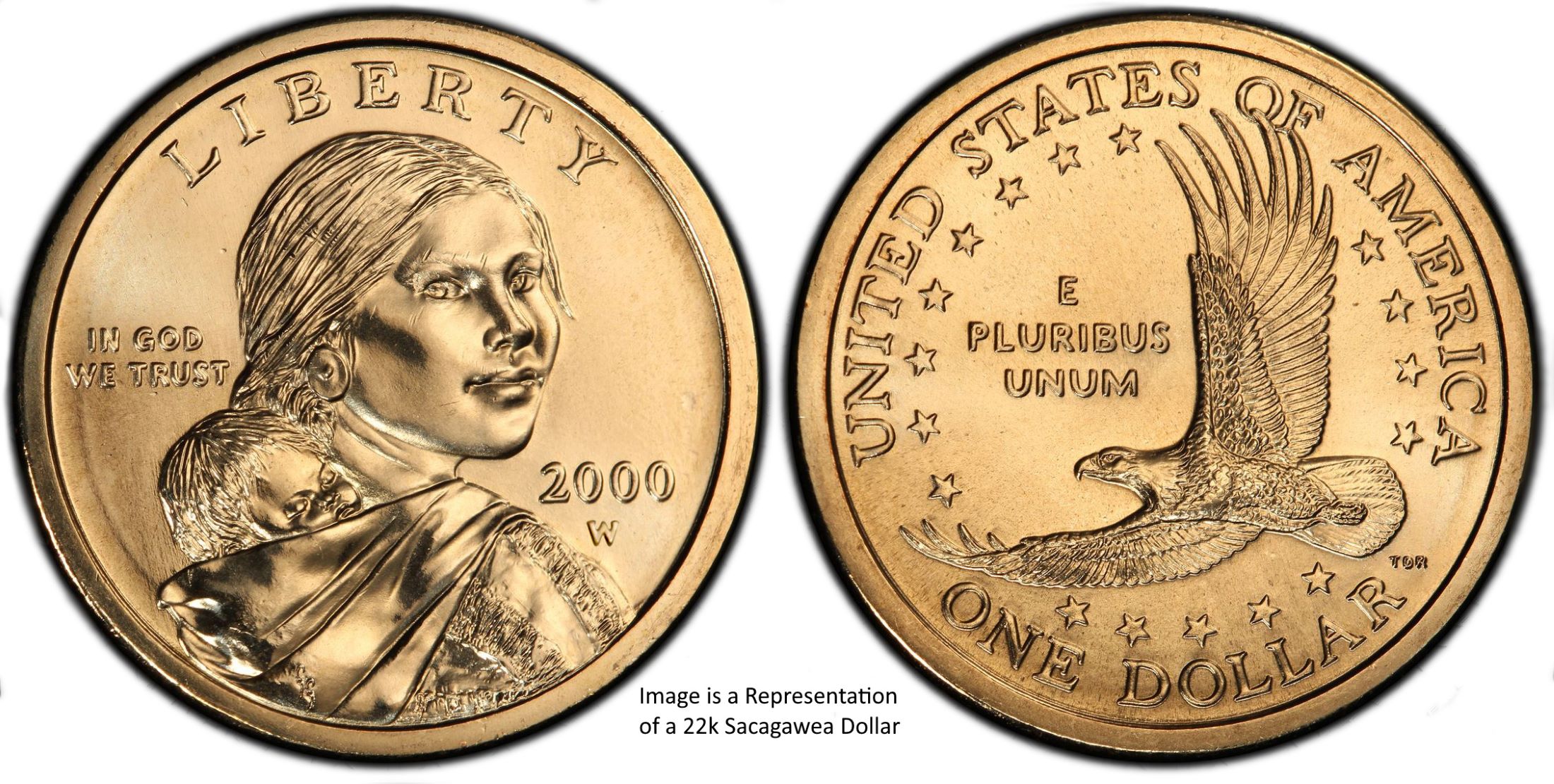
音声で聞く |
What Are Modern Coins?
There is an exceptionally straightforward meaning of present day US money, which is a decent beginning stage: current US coins are those struck from 1964 to date. Every one of the coins portrayed in 100 Greatest US Modern Coins fall inside this time span. The peruser need go no further to have an entirely workable and exact definition.
Coins stamped in 1964 indicate this intricacy. The date 1964 is immensely critical in American numismatics. It is the last year that US coins struck for dissemination contained 90% silver. It denotes the finish of a metallic sythesis that had been being used since the Mint Act of 1792 first settled the norms for US money. From 1965 forward, the once silver dimes and quarters struck for dissemination would be sandwiches of copper and nickel. (For a brief period, the post-1964 half dollar kept on being made with silver in its external layer, however by 1971 no dissemination issues would contain any silver.)
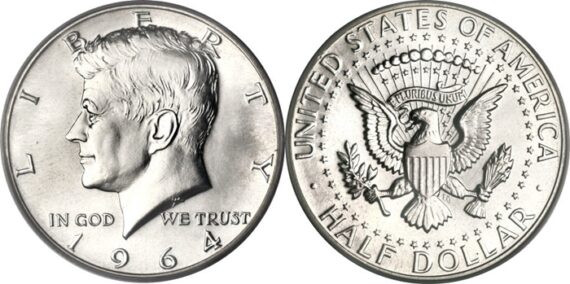
Not all Mint items from 1964 ought to be viewed as present day. In the 100 Greatest US Modern Coins, there are three passages from this year. One is the 1964 Special Mint Set—a bunch of currencies with a strange completion that supplanted the Proof completion on money sets made for authorities from 1965 through 1967. The Proof set was put on break while the Mint put all its consideration on the creation of new-arrangement money. Another is the 1964, Reverse of 1965, Washington quarter, a coin that shows early utilize The third is the 1964 Accented Hair Kennedy half dollar, a first-year assortment of a new, unmistakably current money series.
So the time of current money started with the Mint sorting out some way to flawlessly progress away from the silver issues of earlier years. For quite a long time after the change, mint piece configuration stayed stale, playing on the aggregate memory of past silver coursing money. In any event, when the Eisenhower dollar was presented in 1971, a non-coursing variant containing silver was additionally delivered, assisting with making the still indispensably significant relationship between a coin’s assumed worth and its inherent worth. Not until 1979, almost 10 years after the fact, was this association cut off when a little estimated copper-nickel-clad dollar coin was given supplanting the first silver dollar of memory.

Subsequent new coinage programs similarly recalled the past before heading in a new modern path. In 1982, the US commemorative coinage program re-launched (the last US commemoratives had been struck in the 1950s). The first coin was a silver half dollar, as When Olympic commemorative three-coin dollar sets were sold in 1983, they were each multiplexer of a Philadelphia, Denver and San Francisco Mint issue, as the original commemorative PDS sets had been. At that time a new $ 10 commemorative coin followed, something novel enough to begin breaking ties with the commemorative coins of the past. In 1986, the first US bullion coins were issued, in a program that had no historical antecedents in the United States. Even still, at this late date,designs were recycled from classic coinage issues for the obverses of both the gold and silver eagles.
Eventually, these gradual changes gave way to dramatic experimentation. By 1999, the era of modern coinage at last had hit its stride. New designs were introduced five times every year on the state quarters issued from 1999 through 2008. A brand-new-composition dollar coin was introduced in 2000. Only faint connections can be drawn to earlier coinage. There is no doubt that these latter series are singularly modern.


